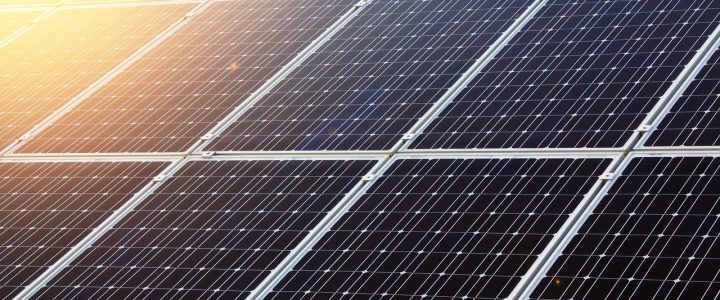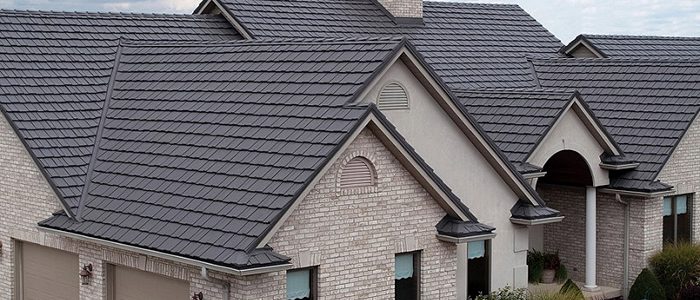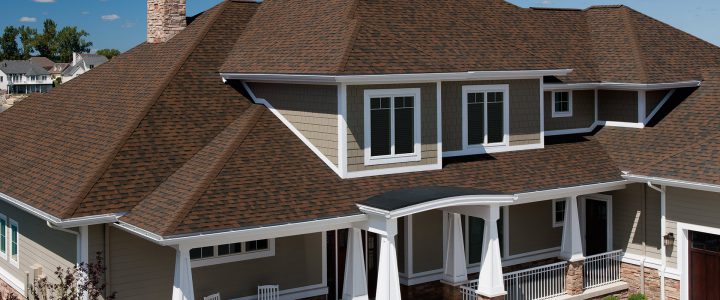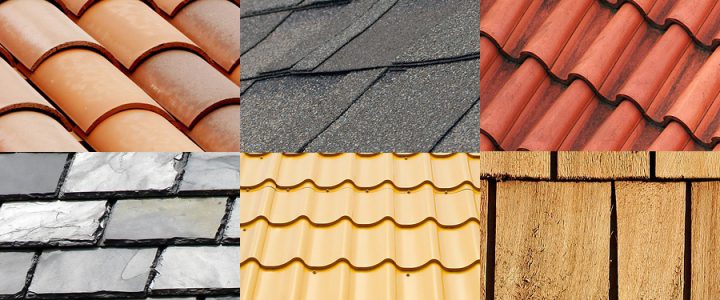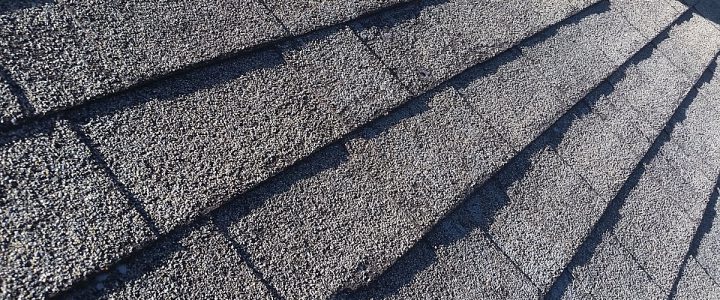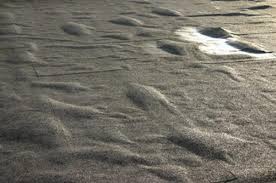Do You Need A New Roof Set-Up? We Present You The 6 Top Roofing Materials
Like most people out there, you most likely don’t bother yourself much about your home’s roof and that’s not bad. Typically, the only time our roof draws our attention is when there is a problem e.g. leak or damage. And even though your roof’s primary role is to shield and protect your home from the elements, don’t ignore the actual effect a good roof will have on your house’s appearance and functionality.
There is a broad range of roofing options to choose from and they are all good fits for new developments or the replacement of older roofs. The roof material you’ll select will depend on different variables such as your home’s structure and appearance, your individual needs, and of course your pocket. Your location should also be taken into account as some roofing materials best in specific areas across the country. For instance, clay tile roofs are common in Southern states but not so popular in Midwest or Northeast areas.
1 Asphalt Shingles
These are the most common roofing material without any exaggeration. More than 75% of houses across the country are shielded with asphalt shingle roofs. There are plenty of reasons why: they are cost-efficient, allow prompt installation, and are available in different shades and finishes, not to mention they are also durable. They can last up to 40 years.
There are two main types of asphalt shingle materials: fiberglass and organic-based shingles. The organic types are less costly and are more widely available. Fiberglass-based shingles typically cost more but they are more durable, lightweight, and fire-proof. You can find good quality and not so good quality variations of both types. In general though, the higher the cost, the better the quality of the material is.
There are also two primary types of asphalt shingles: 3-tab shingles and architectural-kind ones. Common 3-tab shingles are a simple and classic choice. Every shingle consists of a single later with two thin slots trimmed into it to form three tabs. On other hand, architectural types include 2 lines of asphalt roofing, one attached on top of the other. These types also bear a solid bottom part and an upper strip cut with broadly spaced, dovetail-formed tabs. The 2 strips are laminated at the manufacturing unit. Once applied, the laminated structure creates a densely textured layer with deep dark/shadow lines.
Architectural kinds of shingles are a much more revamped version of 3-tab shingles appearance-wise and they are also more durable. They also come in different shades and finishes to choose from, which in some cases resemble conventional roof materials. For instance, the natural/tan shades can be made to mimic old cedar shakes and the greyish-black shingles made to look like salt.
2 Cedar Roofing
Several roofing materials are less costly and simpler to set up compared to cedar roofing; however, when it comes to natural beauty and characteristic texture, there is no comparison–cedar roof wins. The only drawback of a wood roof like cedar is that it offers minimal protection against fire unless it’s brushed with a fire-retarding agent. There are two primary kinds of cedar roofing: shingles and shakes. The first are narrower and have a smoother and sleeker texture. Shakes, on the other hand, are bulkier and rougher in texture. Some shakes are bound from tree logs while others are split manual for a more natural and rough texture. A shake roof has a more traditional and distinct vibe. It also bears deep “waters”.
Cedar shingles come in different classes. The top quality class is No.1 “Blue Label” shingles. The high-class shingles are totally clear and trimmed entirely from all heart-wood for maximum decay resistance. Cedar shakes are also available in 4 main classes. The top roofing grade for shakes is the “certi-split hand-split” class. It has a rough facet but the smooth cut backside enables an easier set-up.
3 Metal Roofing
Metal roofs are a growingly popular choice in the shingle market and there is a valid reason why: metal roofs are highly sustainable, durable, cost-efficient, easy to set up, and protective against the elements. Plus, they look great for many different home styles–from New England Victorian homes to Carolina coastal villages.
The common metal roof consists of lengthy panels lined on top of each other that expand from the roof’s edge to the eaves. The usual panel materials include zinc, aluminum, and copper. The typical styles are the standing/raised seams and the corrugated panels. The most popular choice among Carlsbad homeowners though is the standing-seam roofing because the adjacent panel shields the closures. In corrugated panels, the screw tips are revealed. Nowadays, we can also find newer interlocking metal panels that mimic wood shingles, clay tile, and slate materials.
4 Slate
Even though some materials resemble slate in terms of looks, there is nothing better than the real thing. Organic slate has been proven to be a first-grade roofing element. From the 16th century till now, it has been used as a solid roofing material across the country. It is highly durable, fire-resistant, and can make it up to 100 years with proper maintenance.
The only drawback of slate is that it’s costly to purchase and apply. It’s also bulky. Thus, if you are thinking of installing a slate roof on your house, it is suggested that you consult a construction engineer to check the roof’s structure and validate if it can withhold the extra slate weight.
5 Clay & Concrete Tiles
Commonly found in Mediterranean-style houses, clay-made tiles and Portland concrete are valued for their robust aesthetics, longevity, weather element protection, and energy savings.
Both clay and concrete tiles can be shaped in several forms and profiles, giving a distinct and impressive appearance to the roof. Clay tiles also come in unglazed and fire-glazed in a wide range of shades. Some cement tiles also have a decorative pattern but the majority are just unpolished gray cement.
These roofing materials are common in hotter regions as they help control heat. And despite being costly, they are incredibly durable and can last up to 80 years. Keep in mind, though, that clay and concrete tiles are bulky (similar to slate roofs). Thus, you better check with an engineer in advance to validate that your existing roof structure can withhold the added weight.
6 Synthetic/Composite Roofing Shingles
Synthetic composite roofs represent one of the newest and most impressive roofing kinds. Thanks to a structured plastic composite, these solid shingles offer protection from rot, weather elements, and fire. They are also known as “faux shingles” because they mimic the look of natural slate and cedar shingles and shakes.
Their installation process is similar to other roofing shingles: they are nailed to plywood layering in overlapping parts. The equipment, time, and experience needed to set up composite shingles are nearly the same as asphalt shingles, but synthetic “faux shingles” usually cost 3-4X more.

